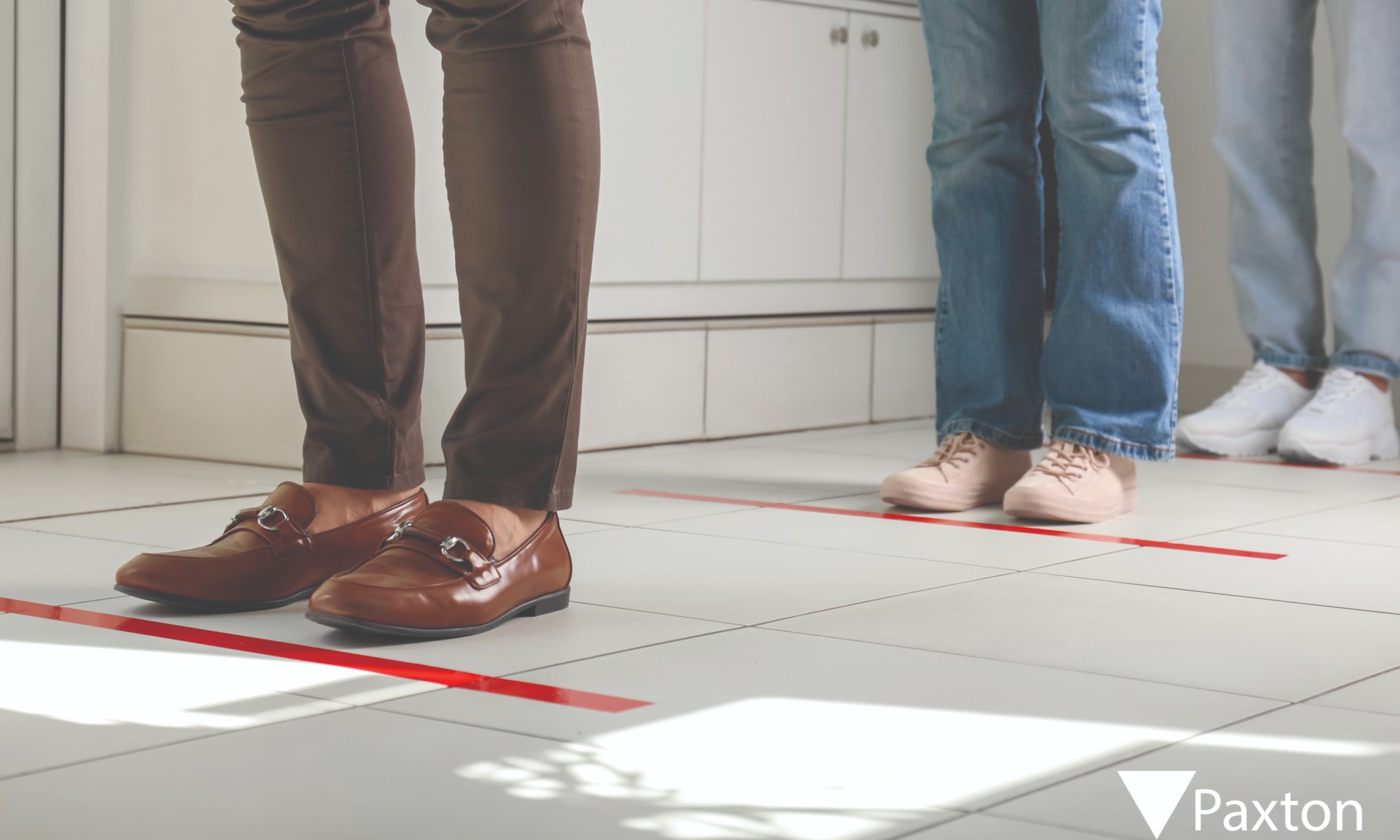Paxton’s longstanding access control system Net2 receives its latest software update. The highly anticipated new feature Checkpoint Control supports COVID-secure sites and officially launched on the 24th September 2020. This additional functionality helps Net2 users to protect employees and visitors by monitoring and approving people as they enter buildings.
Throughout the first half of 2020 the creation of Checkpoint Control was underway, along with the unforeseen global spread of the coronavirus COVID-19. During this time lockdown and social distancing restrictions in many countries heightened the need for the update to be rolled out globally, in a timely fashion. Since then Paxton’s Development team have worked tirelessly preparing the release alongside other vital COVID-secure Net2 updates.
Paxton’s Global Product Manager Steve Rowlands said: “Access control is designed to manage user access throughout a building. This puts us in the fortunate position of having solutions readily available to help businesses become COVID-secure. We did not want to stop there though and have continued to adapt and innovate our solutions to meet the growing needs of businesses bringing workforces safely back into their premises”.
The Checkpoint Control functionality follows on from Paxton’s successful introduction of Net2 Occupancy Management and integration with thermal scanning hardware. Both were released for Net2 in July 2020. These features work simply and seamlessly together to reduce the risk of spreading COVID-19 around populated buildings.
Steve Rowlands further explains “Net2 Checkpoint Control allows a site to assign temporary access levels to one or more users that will remain in place until they have either been manually validated or badged through a specific door. This will allow Net2 system administrators to ensure all staff and visitors pass through a designated checkpoint at a frequency that can be configured to suit the business requirements. It also offers the flexibility to split staff between multiple checkpoints to help maintain social distancing and not overrun an area”.
Checkpoint Control works in just two simple steps:
Step 1: System Setup
Specific doors or areas of a building are designated as checkpoints, such as the main entrance or reception. End users are then given access to that checkpoint using their normal access token, with the limited access point managed via the access permissions feature within the Net2 software.
Step 2: A manual or automated verification takes place to validate further site access
Access can be verified manually in person or by using technology to support automated validation. The automated process works by identifying a person via their access credentials, which can then be followed by a thermal scan to further increase protection against the spread of Coronavirus. Once identity, and where relevant, an individual’s health and well-being has been approved, the checkpoint will validate and grant further building access.
Net2 v6.05 also includes new functionality to further enhance the Net2 Occupancy Management feature. New virtual traffic lights can be used on screens to indicate occupancy levels with no need for integrated traffic light hardware. This will further support social distancing by informing the end user of whether the current occupancy of the area they are about to enter is safe for them to do so, working alongside Checkpoint Control to reduce bottlenecks and overcrowding.
Occupancy Management override is also included in this new update. Should there be an emergency, this functionality allows selected people to enter an area that is at capacity, such as a first aider or senior manager.
Checkpoint Control and the new additions to Occupancy Management functionality are available exclusively with Net2 Pro software. To find out further information on the new updates for Net2 check out the Net2 Access Control Software page on Paxton’s website.
You can also watch Paxton’s latest tutorial video on Checkpoint Control
In conjunction with the updates Paxton have produced an on-demand webinar called the definitive guide to COVID-secure buildings. This is an ideal starting point for installers looking to understand more about social distancing and COVID-secure guidelines.



